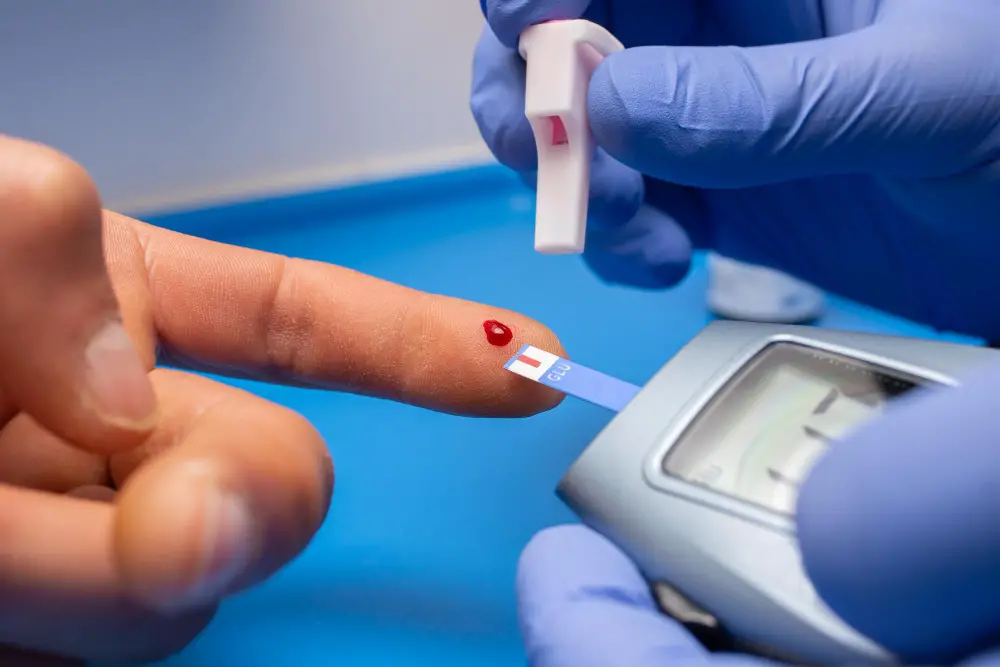
10 Causes of Shortness of Breath after Angioplasty
-
- Dr. Junaid Arshad
- January 11, 2023
- 0 comments
Table of Contents
Shortness of Breath After Stenting
Shortness of breath immediately after angioplasty can be a symptom of dreadful complications like stent thrombosis, pericardial tamponade, arrhythmias, heart failure, & excessive blood loss in the form of retroperitoneal hematoma. If shortness of breath after PCI occurs more chronically it can be due to ISR (intracoronary-stent restenosis), decrease in ejection fraction, & side effect of drugs like ticagrelor.
Shortness of breath after stenting is not a good sign and it should be evaluated by the cardiologist.
The underlying cause can be life-threatening if left untreated.
However, mild shortness of breath after stenting can be due to anxiety.
Mentioned below are the details of all the possible causes.
Acute
#1. Stent thrombosis
Stent thrombosis is an uncommon & dangerous complication of stenting.
It occurs due to acute total or subtotal occlusion of the stent.
The presentation is just like a heart attack.
The patient experiences shortness of breath & chest pain.
The initial diagnosis is with ECG which may show changes like a heart attack.
The diagnosis is confirmed on angiography.
Early stent thrombosis is the one that occurs in less than 1 month after PCI, late stent thrombosis occurs in 1-12 months, & very late after 12 months.
#2. Pericardial effusion & tamponade
The pericardium is a close cavity that surrounds the heart and the presence of fluid in this cavity is called pericardial effusion.
An abnormally large collection of fluid in the pericardial cavity can affect the functioning of the heart and can result in severe hypotension and shock.
Shortness of breath is one of the important clinical manifestations.
Cardiac tamponade is not very common after angioplasty but if occurs it can be life-threatening & should be diagnosed and treated immediately.
#3. Coronary artery Perforation
Perforation of the coronary vessels is another feared complication.
The blood leaks from the perforated site and accumulates within the pericardial cavity.
Accumulation of the blood in the pericardium causes tamponade as mentioned above & the patient develops shortness of breath and low blood pressure.
The mortality rate due to perforation ranges from 5-10%.
The perforation risk is higher in complex and prolonged procedures like CTO PCI.
The incidence of perforation was 0.84 in a study done on 10,000 PCIs.
#4. Arrhythmias
Arrhythmias mean abnormal & irregular heart rhythm.
The heart usually beats in a normal regular rhythm.
Atrial arrhythmias like atrial fibrillation and SVT can occur after PCI and may present with shortness of breath and palpitations.
#5. Heart Failure
Post-PCI heart failure may develop in patients with preserved ejection fraction.
Heart failure is a condition in which the heart is unable to pump blood effectively.
As a result, there is decreased blood supply to the vital organs.
Also, the blood accumulates in the lungs resulting in a condition called pulmonary edema or left ventricular failure.
The patient develops gradually progressive severe shortness of breath.
If remains untreated it can be life-threatening.
The incidence of heart failure after PCI was found to be 12.7% in a study conducted in China.
#6. Volume Overload
This complication is more likely to occur in patients with already reduced ejection fraction.
It may occur due to the use of higher contrast volume.
This is just another form of heart failure where the weakened heart is unable to effectively pump the volume of blood.
#7. Retroperitoneal blood loss
Retroperitoneal bleed occurs when the access site of PCI is the femoral artery.
The femoral artery is a large-sized vessel and if it is punctured through and through, it can result in retroperitoneal bleed which is not clinically evident until a significant bleed occurs.
The initial presentation is shortness of breath and a fast heart rate.
Later on, the blood pressure may fall suddenly & if not promptly treated can cause death.
Due to blood loss, the patient develops anemia which itself can cause shortness of breath or may even precipitate heart failure.
Chronic
#8. Intracoronary Stent Restenosis
Intracoronary Stent Restenosis or ISR is not a very uncommon complication.
Restenosis is a gradual process that occurs over a period of 3-12 months.
The stent fails to maintain its patency and gets blocked.
50% or more blockage in the stent can be called ISR.
It presents as either shortness of breath or anginal pain. Both of these complaints are gradually progressive.
A repeat angiogram and angioplasty may be required.
The National Cardiovascular Data Registry in 2020 reported the incidence of ISR to be 10.6%.
#9. Low ejection fraction
The ejection fraction is a parameter to assess the functioning of the heart.
It refers to the percentage of blood the heart ejects from the ventricles-the lower chambers of the heart.
After angioplasty, a decrease in ejection fraction is not expected under normal circumstances.
However, sometimes during PCI some small vessels or even relatively larger branches of the main vessel may get pinched in the stented area.
This is called the jail phenomenon.
It occludes the blood supply of the affected area.
This may result in a decrease in ejection fraction if the vessel pinched was supplying a considerably large area of the heart muscle.
The decrease in ejection fraction can be checked by repeat echocardiography.
It can present with exertional shortness of breath or orthopnea.
Orthopnea refers to breathing difficulty while lying straight.
#10. Drugs like Ticagrelor
Ticagrelor is a blood thinner drug used in patients after angioplasty.
Shortness of breath is its known symptom & it may start after taking the drug for a few weeks.
Due to shortness of breath ticagrelor may need to be discontinued in 1 out of every 20 patients.(ref)
Take Home
Shortness of breath after angioplasty is a serious symptom that must be evaluated and treated both in acute and chronic cases.



